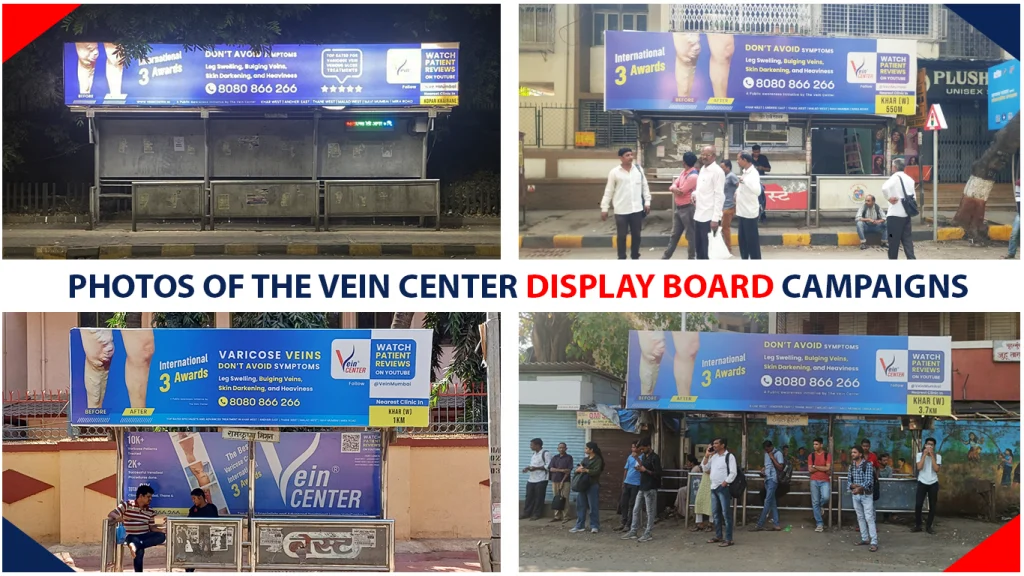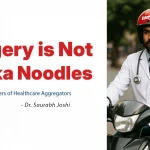Call Us Now

Are Hoardings and Billboards Worth the Investment for Indian Medical Practices?
When it comes to advertising in the medical industry, especially in India, hoardings and billboards are a widely recognized but expensive medium. While they offer visibility and brand recall, the question remains—do they provide a worthwhile return on investment (ROI), particularly for small and mid-sized practices?
Understanding the Costs
Display advertising in metros like Mumbai or Delhi is not cheap. The cost depends on several factors:
- Location: A billboard in a prime locality can cost exponentially more than one in a less visible area.
- Size: Larger boards naturally demand a higher price.
- Duration: The longer the campaign runs, the higher the expense.
For example, a high-visibility hoarding in South Mumbai can cost lakhs per month, making it a significant investment for any medical practice.
Effectiveness Based on Specialty
The effectiveness of billboard advertising varies by medical specialty:
- High-urgency, high-need specialties (e.g., cardiology): Hoardings can be impactful for conditions where brand recall during emergencies matters. If a cardiology center advertises effectively, patients may remember it during an acute event.
- Easily self-diagnosable conditions (e.g., dermatology): Billboards can prompt walk-ins for skin diseases, as patients can identify symptoms themselves.
- Non-urgent conditions (e.g., varicose veins): These might see less ROI, as patients may not perceive immediate value or urgency.
Real-Life Experience: Bus Shelter Campaigns for Varicose Veins.
In our personal experience, we ran a six-month bus shelter branding campaign across Mumbai to promote treatments for varicose veins. The sample size was substantial, with advertisements on numerous bus shelters across the city.

Results:
- Walk-ins: The campaign generated decent footfall, with curious patients inquiring about treatments.
- Conversions: However, the number of patients converting to surgery was much lower than expected.
- ROI: The campaign recouped only about 50% of the advertising budget, making it a financial loss.
Lessons Learned:
While the campaign increased awareness and inquiries, the low conversion rate meant it was not a sustainable advertising method for small and mid-sized practices.
Recommendations for Medical Practices
Small and Mid-Sized Practices:
- Limit ad spend on hoardings to no more than 20% of your advertising budget.
- Focus on digital marketing and targeted online ads, which often deliver better ROI by reaching the right audience with measurable outcomes.
- Evaluate the specialty you’re promoting—high-need specialties might justify limited spending on hoardings, but for non-urgent conditions, it’s usually not worth it.
Large Hospitals:
- Hoardings can be a branding tool and a prestige item, helping showcase your hospital’s scale to peers and the public.
- Be aware that this is more about visibility than revenue generation. Treat it as a luxury rather than a necessity, especially if the hospital has significant funds to allocate to advertising.
Final Thoughts
Agencies may pitch billboards with terms like ‘branding’ and ‘product recall,’ but hospital owners and management ultimately want measurable results. If billboard advertising doesn’t translate into revenue, it’s not a worthwhile investment.
For smaller practices, prioritize digital and performance-based marketing strategies that can directly drive patient conversions. Hoardings might look glamorous, but unless they contribute to the bottom line, they’re best left to larger players with deeper pockets.







